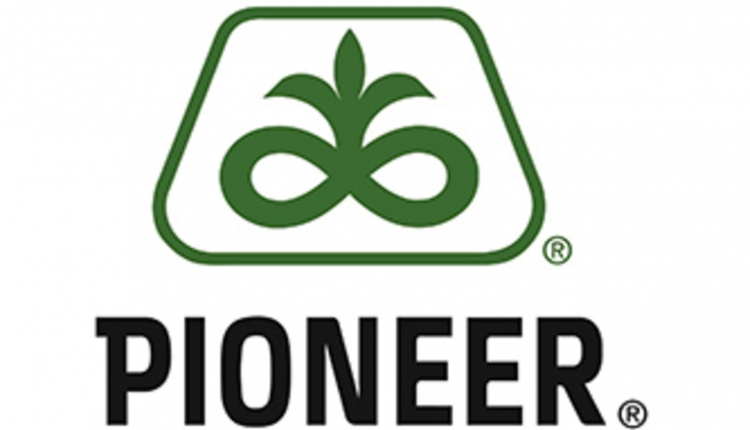This item has been supplied by a forage marketer and has not been edited, verified or endorsed by Hay & Forage Grower.

“For agronomists today, I certainly think the drone is as important as a spade or a shovel,” said Brian Shrader, Pioneer Field Agronomist.
As crops begin to break out of the soil, scouting becomes a crucial component in understanding stand counts and making replant decisions. Agronomists can fly a drone over a farmer’s field in minutes, gathering imagery and turning it into plant count analytics. The technology easily identifies areas of good, moderate and poor emergence with summarized population scores, gap counts and annotated images.
“With drones, we gain a profound amount of efficiency,” said Carl Joern, Pioneer Field Agronomist. “If I know there are areas of concern, we can reach them by drone as opposed to driving in a tractor looking for spots.”
Efficient scouting isn’t the only benefit of drones. Once data has processed, users receive an automated stand assessment report. The stand assessment removes the need for manual, time-consuming, inaccurate stand counts by providing a fully automated, offline stand count workflow to evaluate crop emergence in minutes.
As the season progresses, drones can help identify threats to yield before they become an issue. Agronomists can quantify and tag issues in a report and monitor the effect of treatment plans over the course of the season.
Mapping features and crop health maps can also be utilized to generate variable rate prescriptions and quantify the benefit of agronomy services like pre- and post-treatment applications.

